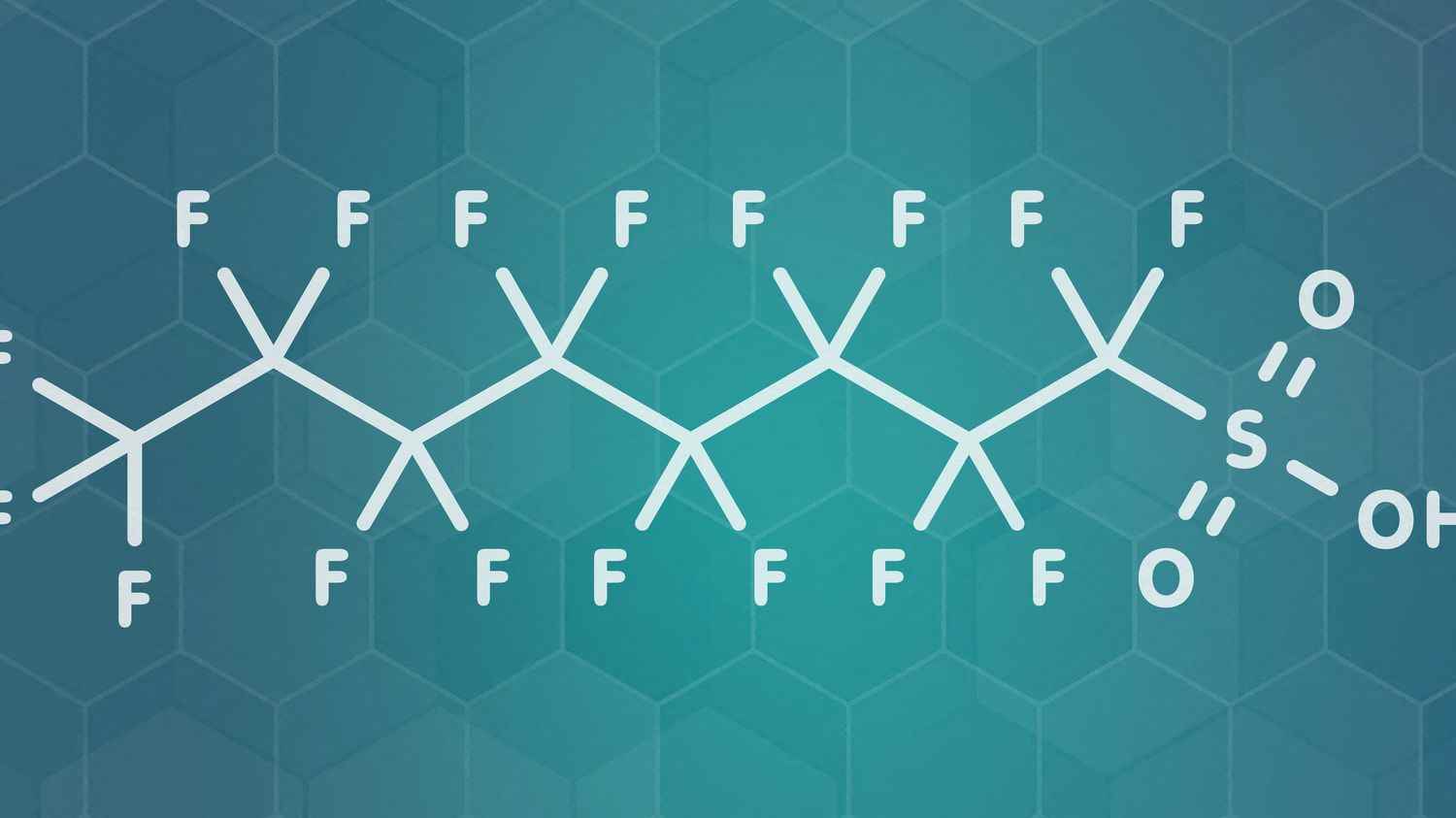PFAS (per and polyfluoroalkyl) disintegrate extremely slowly and are used in many packaging. They are found in the environment and have significant impacts on health.
Article written by
Published
Update
Reading time : 1 min.
A hope to fight against pollution. Scientists announced on Thursday August 18 that they had found a method to destroy certain pollutants, said “eternal” due to their extreme resistance and toxicity. These pollutants are present in many everyday objects and can cause serious health problems.
The technique, which requires relatively low temperatures and so-called common reactants, was developed by chemists in the United States and China whose work has been published in the journal Science. These results offer a potential solution to a persistent problem for the environment, livestock and people.
Developed in the 1940s, PFAS (per and polyfluoroalkylated), which disintegrate extremely slowly, are found in packaging, shampoos, non-stick pans and even make-up. Over time, they have spread through our environment: water, soil, air, groundwater, lakes and rivers.
A Swedish study showed last week that rainwater was undrinkable everywhere on Earth due to too high a level of PFAS. According to some studies, exposure to PFAS can have effects on fertility and fetal development. It can also lead to increased risks of obesity or certain cancers (prostate, kidneys and testicles) and an increase in cholesterol levels.
Current methods for degrading these pollutants require powerful treatments, such as very high temperature incineration or ultrasonic irradiation. Their almost indestructible character is linked to the long carbon-fluorine bonds that compose them. However, the researchers managed to identify a weakness in certain types of PFAS. At one end of their molecule, a group of oxygen atoms can be targeted by a common solvent and reagent at average temperatures of 80 to 120 degrees Celsius.
Seen from Europe
Franceinfo selects daily content from European public audiovisual media, members of Eurovision. These contents are published in English or French.
